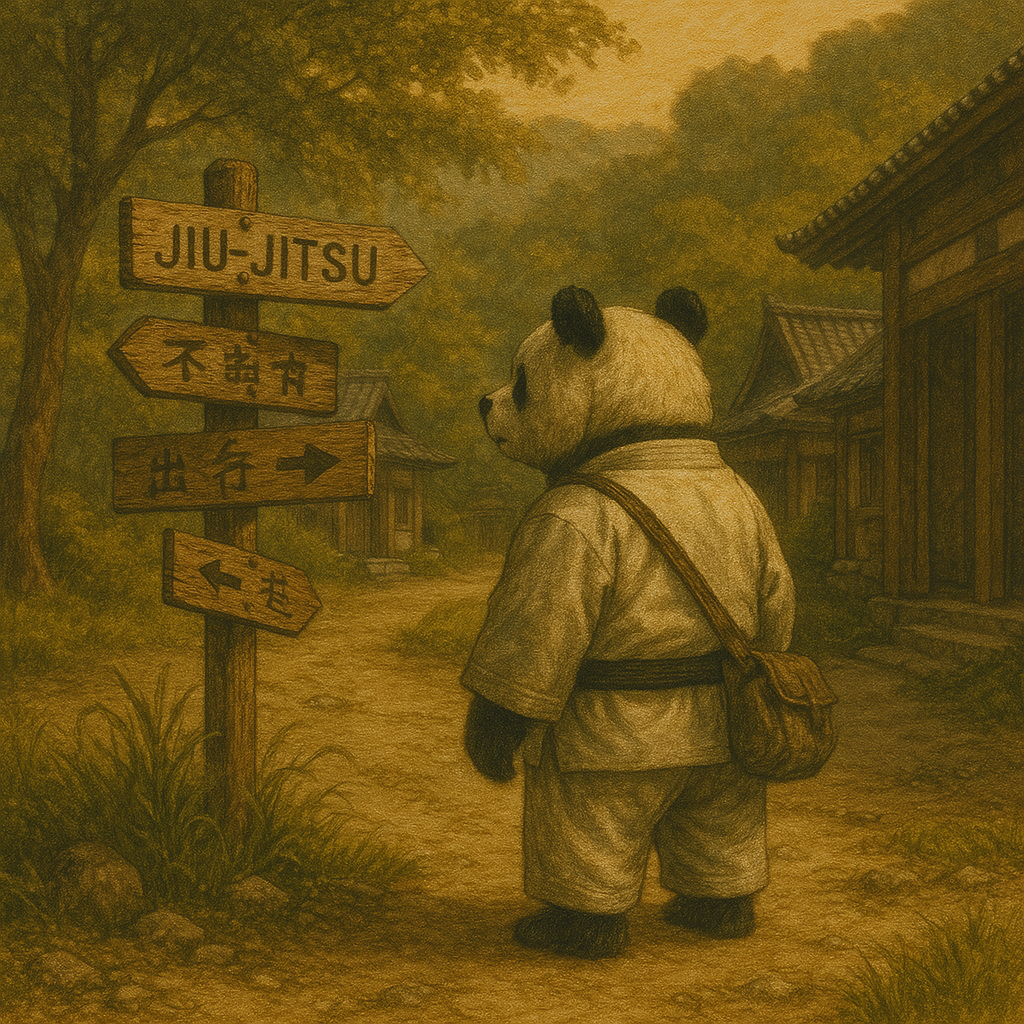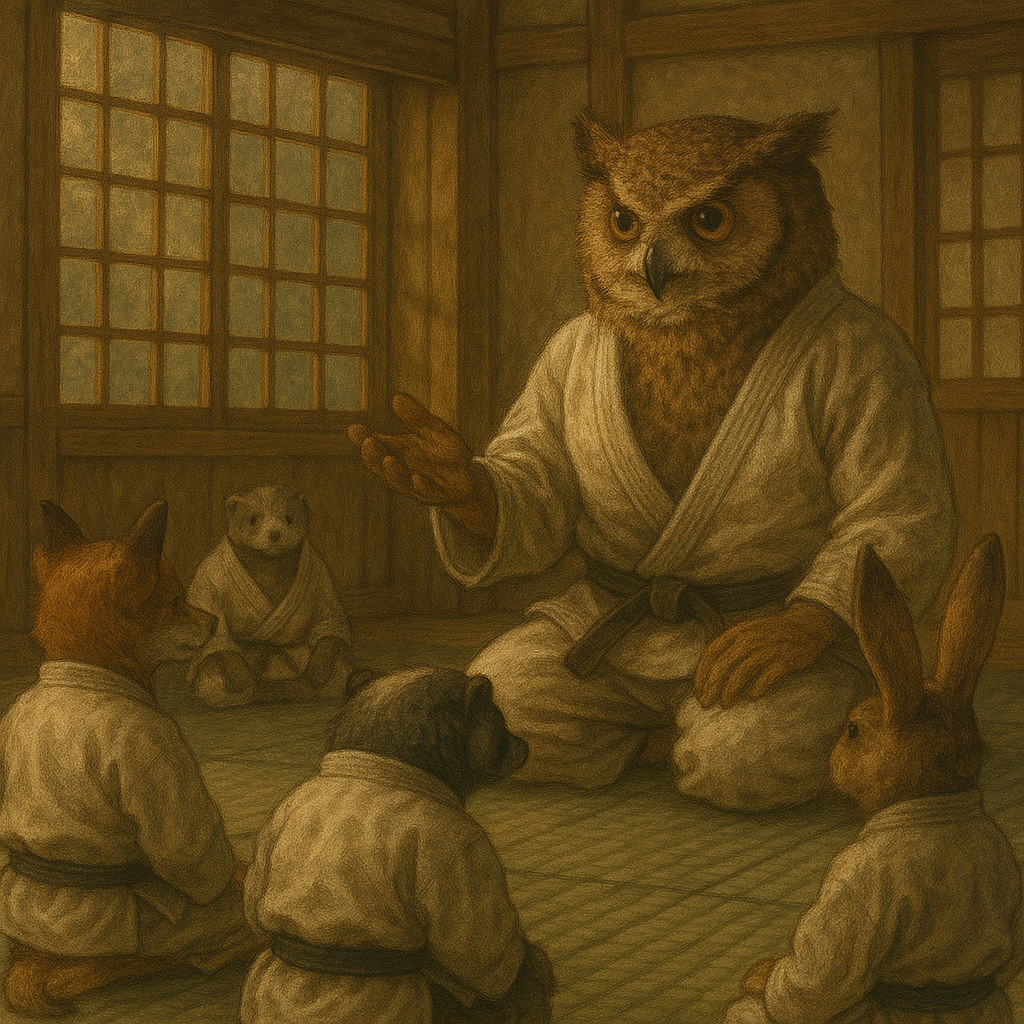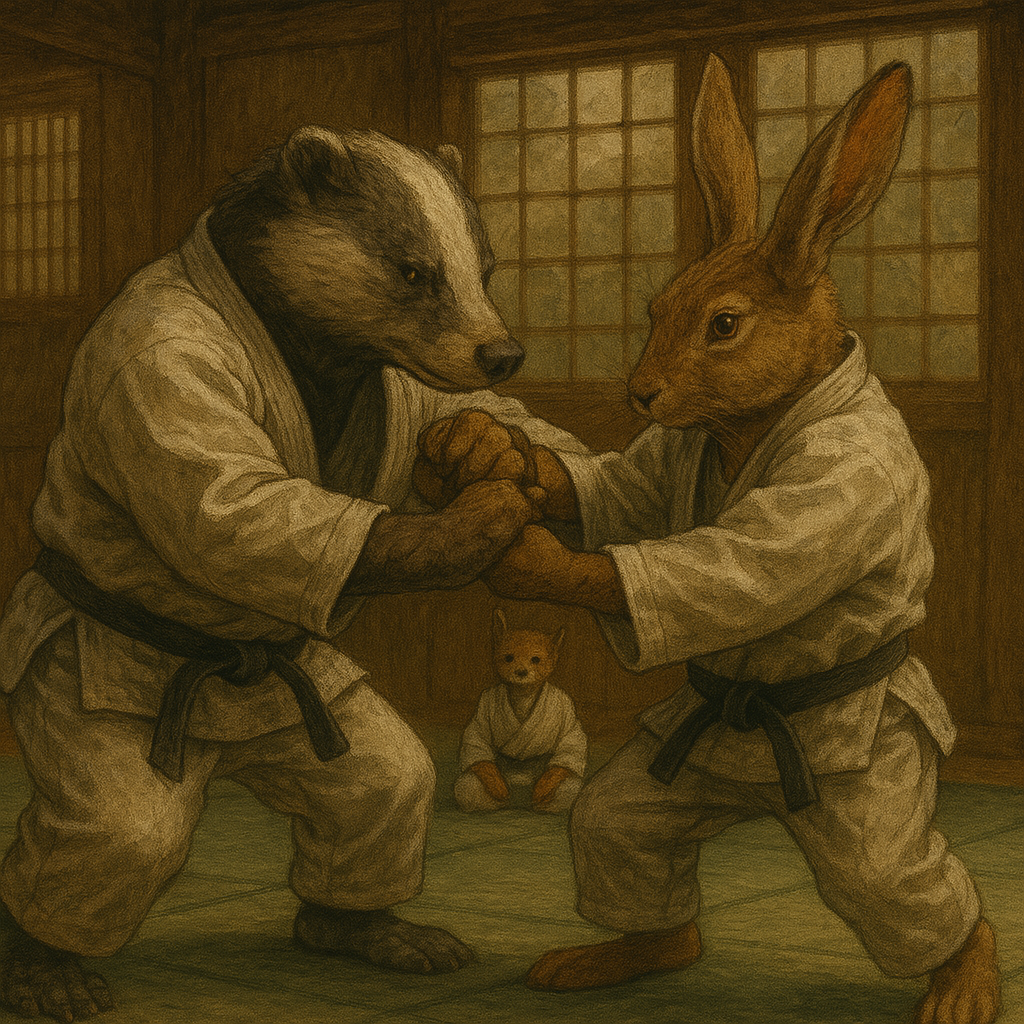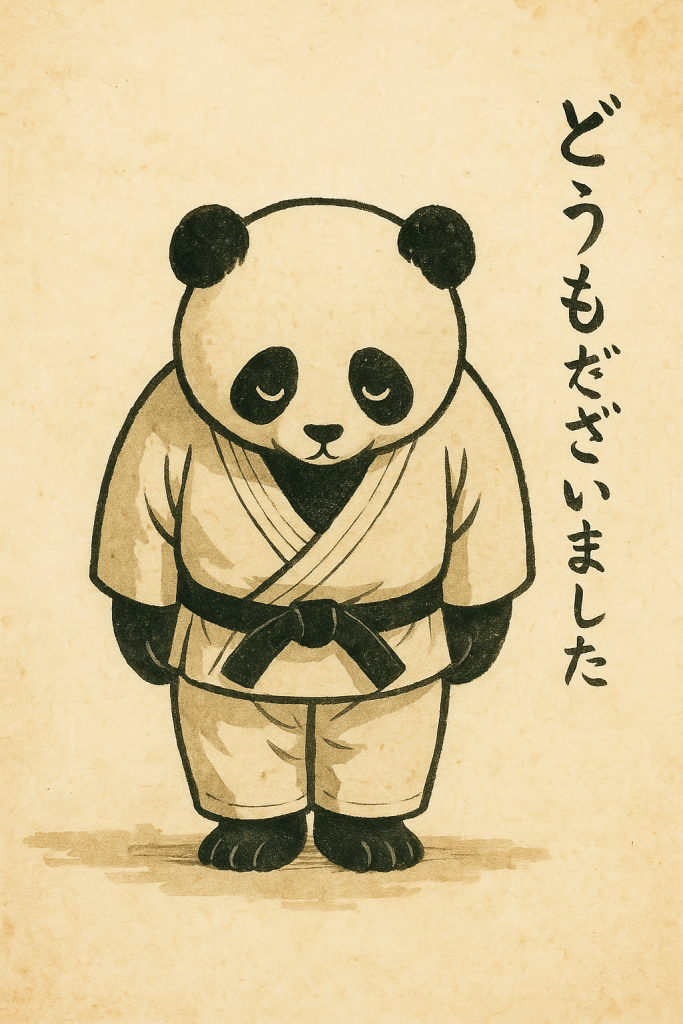Starting at a Brazilian jiu-jitsu academy means diving into a demanding, yet exciting journey.
You’ll discover a new world, strange terminology, unusual positions: and above all, a unique atmosphere.
But before even stepping onto the tatami, one key question arises: where should you train?
With so many clubs available (or sometimes very few in rural areas), making the right decision isn’t always easy.

Here’s a complete guide to help you find an academy that fits you: right from the first few weeks.
Choosing a nearby academy: the #1 factor for staying motivated
We often start out super motivated, but if the dojo is 50 minutes away, motivation fades quickly.
Having an academy close to home or work helps maintain a steady training pace: especially on days when you’re tired or the weather is gloomy.
The importance of the instructor
The instructor is not just a technician.
They are the heart of the club. They shape the teaching style, set the level of intensity, ensure safety, and establish the overall atmosphere.
A good instructor is approachable, clear, and able to adapt to every student: no matter their level or physical condition.
After a trial class, ask yourself:
- Did I understand the instructions?
- Did I get corrected?
- Did I feel encouraged?
A great instructor helps you progress: and makes you want to come back.
The overall atmosphere of the dojo
Jiu-jitsu is a contact sport. You’ll roll, fall, sweat; and sometimes struggle on the ground for several minutes.
That’s why feeling safe and confident is essential. Some clubs are highly competitive, while others feel more like a family.

Neither is better — but not every atmosphere suits everyone.
Pay attention to the signs: Are senior members welcoming? Is the energy supportive or tense? Do people help each other?
The vibe of a club is something you feel right away — sometimes even before stepping onto the mats.
Schedule & consistency: no progress without regularity
A club might be amazing, but if classes are on Wednesdays at 2pm and you work: it won’t work.
Check the schedule and ask how many times per week you can realistically attend. Two regular sessions are better than five irregular ones.
Some clubs also offer specialized slots: beginner classes, No-Gi, competition training, or technique drilling…
Make sure the schedule suits your goals and allows you to progress gradually.
Price, sign-up conditions, and free trials
Prices can vary a lot.
Some nonprofit clubs charge around €150/year, while others are €60/month.
Some include the license in the price, others charge it separately. Price doesn’t always reflect quality: but it should fit your budget.
A good club will usually offer one or more free trial classes.
Use those trials to feel the vibe, observe how the class is taught, and ask all your questions.
Training style: Gi, No-Gi, casual or competition?
Brazilian jiu-jitsu can be practiced with a gi (kimono) or without it (No-Gi).
Some academies offer both, while others specialize in one style.
Clubs may also differ in focus: some prepare students for competition, others emphasize self-defense or personal growth.
Ask about the club’s philosophy: is the atmosphere “family-oriented”? Are sparring sessions intense? Do they support beginners?
This helps you avoid a club that’s too tough… or too laid-back, depending on your expectations.

Diversity in the academy
A great club is one that welcomes everyone.
Whether you’re male or female, young or older, athletic or a complete beginner: you should feel comfortable and included.
Diversity often reflects the balance and strength of a dojo.
Look at the people on the mats: are there other beginners? Women? Teenagers? It’ll give you a sense of how open the club really is.
What if you live in a rural area?
It’s not always easy to find a jiu-jitsu club if you live far from a big city.
But there are still solutions:
- Look for clubs affiliated with national federations or major teams (like Atos, Gracie Barra…)
- Join seminars or open mats in nearby towns
- Check if some villages offer weekly training — it’s more common than you think!
BJJ is growing all over the country: even in more remote areas. Don’t hesitate to contact clubs directly and ask about their schedule and style.
📝 Checklist: how to know if it’s the right academy
Here’s a simple checklist to help you evaluate a club after one or two trial classes. If you check most of these boxes, you’re probably in the right place:
- ✅ The club is easily accessible
- ✅ The instructor is kind and pedagogical
- ✅ Senior members were welcoming
- ✅ Class times fit your weekly schedule
- ✅ Pricing is clear and reasonable
- ✅ You were able to attend one or more trial classes
❌ Mistakes to avoid when choosing a BJJ club
When you’re just starting out in Brazilian jiu-jitsu, it’s easy to focus on the wrong things.
Here are a few common beginner mistakes; and how to avoid them:
- Skipping the trial class
No amount of Google reviews can replace real-life experience. A trial class gives you immediate insight into the atmosphere and teaching style. - Choosing only based on price
Budget matters, of course. But a slightly more expensive club might offer better coaching, safer conditions, or a more structured program. - Following a friend without thinking it through
Just because someone close to you likes their club doesn’t mean it’s the right fit for you. Everyone has different needs and expectations. - Overlooking the instructor’s teaching style
Some instructors are highly skilled but can’t teach well. Others may be less decorated but help everyone progress. Watch closely, ask questions, and trust your instincts. - Going for the “famous” club
Big names and competitive results don’t always mean the club is beginner-friendly. The right place is where you feel like coming back every week.
🧨 What if I am…? Matching your profile to the right club
Every student comes with their own background, doubts, and goals.
Here are some specific profiles, with tips to help you find the right academy for your situation:
👩 A female beginner?
Finding a club where women already train can make a big difference. You’ll feel more comfortable asking questions, sparring safely, and finding partners like you.
Ask if there are any women-only classes or a female instructor. A respectful and relaxed environment is key.
👨 A senior or not-so-sporty adult?
You don’t need to be young or super fit to start BJJ. Many clubs welcome students in their 40s, 50s, even 60s.
The key is to find an instructor who knows how to adjust intensity, prevent injuries, and help you progress at your pace.
BJJ is a technical, intelligent discipline — and it respects your body when properly taught.
👦 A teenager or a parent choosing for a child?
Make sure the academy offers age-specific classes: a 6-year-old doesn’t learn like a 15-year-old.
A good kids’ program is playful, safe, and based on core values like respect.
If possible, watch the first class. You’ll know it’s a good fit if your child leaves smiling!
Conclusion
Choosing your first Brazilian jiu-jitsu academy is more than just signing up: it’s the start of something bigger.
The right club is the one that makes you want to come back week after week.
Where you feel respected, guided, and motivated to grow.
Take the time to explore, ask questions, and most importantly… trust your instincts.
Still hesitating between two clubs before attending your first class?
Try them both: then go with the one where you see yourself improving over the next few months. It really can be that simple.



